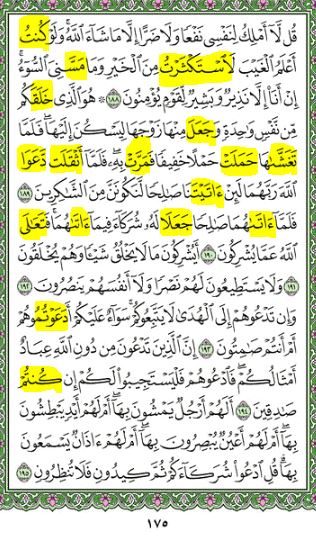
السلام عليكم
Let’s take a look at something else related to the science of صرف (sarf), which deals with how words derive from each other. Today we’re going to cover how to conjugate verbs in the past tense. Let’s take a very common root and go from there:
ذ-ه-ب
If you look it up in a dictionary like Hans-Wehr, you’ll see that it means “to go” and it will give you how to say it in the past for the “he” form:

Below is the full conjugation of this root in the past tense. Each form represents a different doer. Don’t worry about memorizing for now. My advice is to just focus in the beginning on understanding the rules. You’ll wind up internalizing them as you continue your reading anyway. One important thing to note is that when we conjugate in the past tense, we never touch the beginning; we always change just the end only. This is different from when we added a letter at the beginning in Conjugating present tense verbs
| Plural | Dual | Single | Gender | Case |
| ذَهَبُوْا They all went |
ذَهَبَا They both went |
ذَهَبَ He went |
Male | 3rd person |
| ذَهَبْنَ They (f.) all went |
ذَهَبَتَا They (f.) both went |
ذَهَبَتْ She went |
Female | |
| ذَهَبْتُمْ You all went |
ذَهَبْتُمَا You both went |
ذَهَبْتَ You went |
Male | 2nd person |
| ذَهَبْتُنَّ You(f.) all went |
ذَهَبْتُما You(f.) both went |
ذَهَبْتِ You(f.) went |
Female | |
| ذَهَبْنَا We went |
ذَهَبْتُ I went |
Male | 1st person | |
| Female | ||||
Summary
To summarize, the pronouns for the doer that you can see at the end of a past tense verb are:
| Pronoun added | Doer represented |
| Base form (nothing added) | He – هُوَ |
| ا | They both – هُما |
| وْا | They all – هُمْ |
| تْ | She – هِيَ |
| تَا | They (f.) both – هُما |
| نَ | They (f.) all – هُنَّ |
| تَ | You – أَنْتَ |
| تُما | You both – أَنْتُما |
| تُمْ | You all – أَنْتُمْ |
| تِ | You (f.) – أَنْتِ |
| تُما | You (f.) both – أَنْتُما |
| تُنَّ | You (f.) all – أَنْتُنَّ |
| تُ | I – أَنا |
| نا | We – نَحْنُ |
From the Quran
Below, I have highlighted past tense verbs from 7:188-195. Try to match the endings with one from above:

- Sometimes after a verb is conjugated to give us the intended doer, you might see a second or even third pronoun attached to the end. These would be objects of the verbs, not the doer. That’s why on this page, you see that only part of a word is highlighted. The part that’s not highlighted is not part of the verb, but actually added to give it an object.
- تَغَشّاها is a combination of تَغَشَّى and the pronoun ها (“her”), which is the object, not the doer.
- If ْتُم is attached to a past tense verb and another pronoun comes after it, we add a و to smooth out the pronunciation (like what happened to دَعَوْتُمُوْهُمْ when we added هُم to دَعَوْتُمْ)
Until next time, السلام عليكم و رحمة الله و بركاته
Like this post? Simply enter your e-mail and click “Yes, include me!” for updates
Leave a Reply